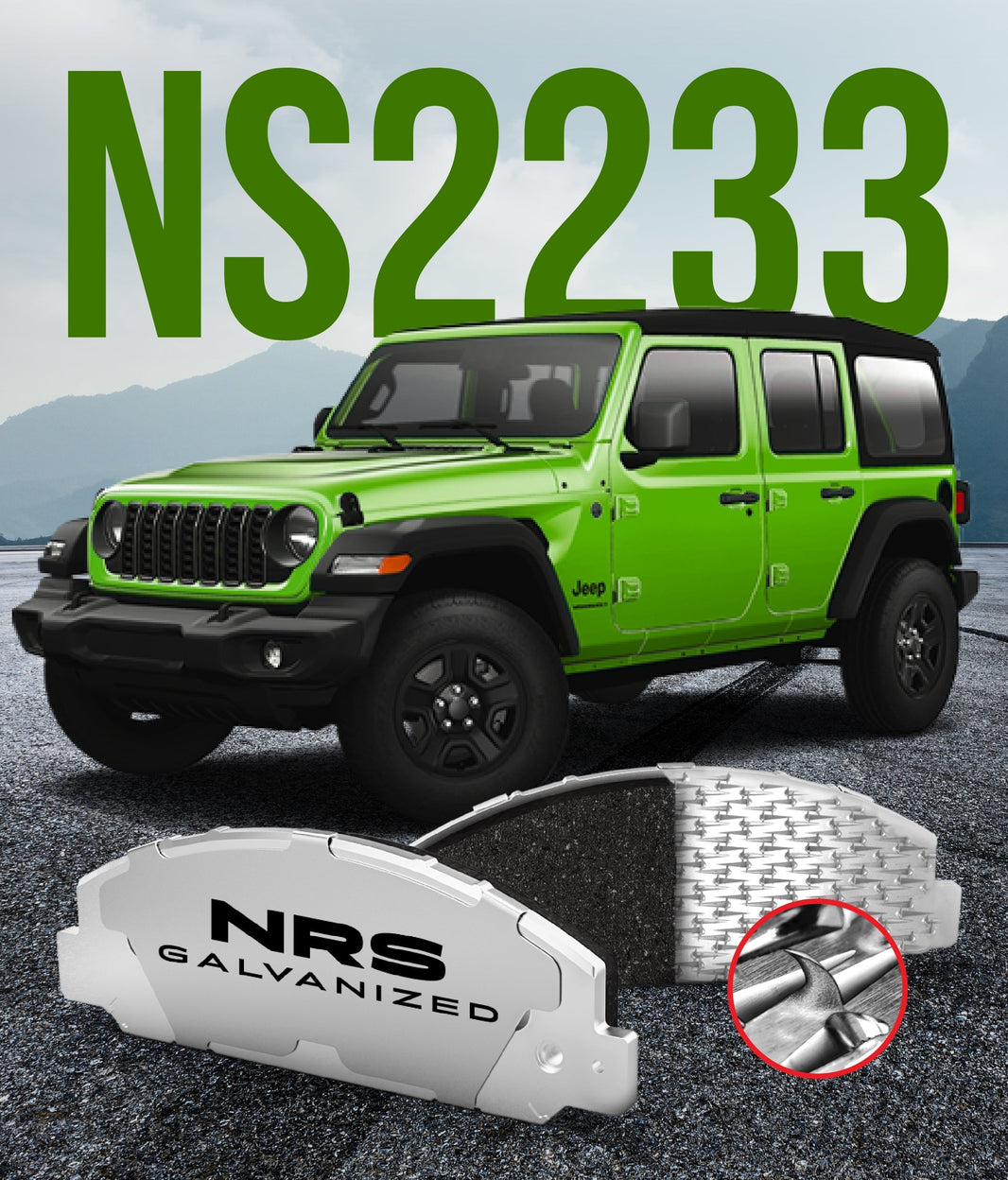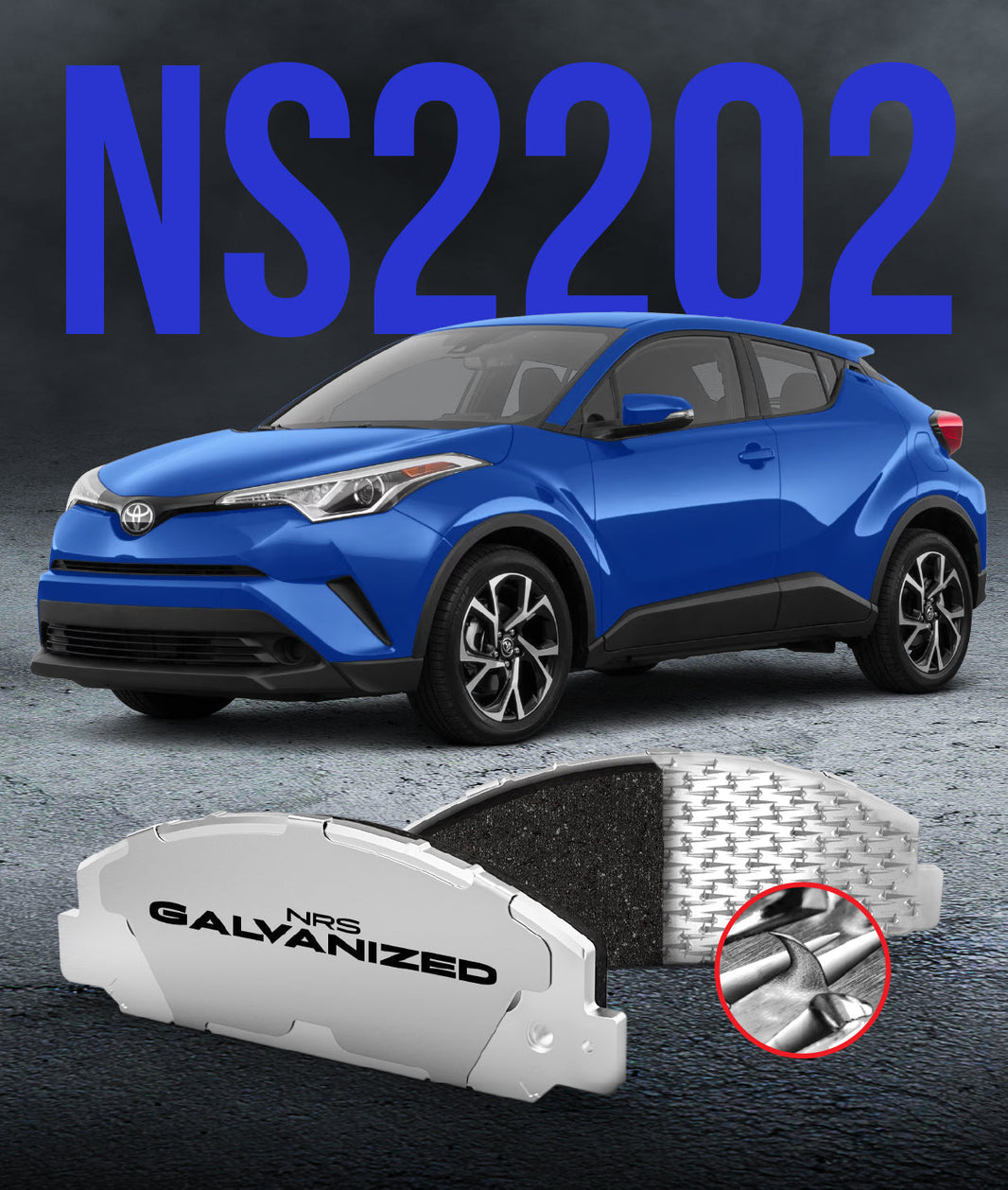
When you purchase brake pads, you're likely focused on factors like price, brand reputation, and perhaps even the type of material (ceramic, semi-metallic, etc.). However, there's an important, often overlooked aspect of brake pad quality and safety: Friction Material Registration. This article will explore the importance.
This article will explain what is friction material registration is and it matters?. We will also discuss how it benefits both manufacturers and consumers. Are you ready to learn about a critical, yet often unseen, element of brake safety?
Defining Friction Material Registration: What It Means
Friction material registration is a process by which manufacturers of brake friction materials (the stuff that makes up your brake pads) submit their formulations for testing and certification by independent regulatory bodies. It's a way of ensuring that brake pads meet certain minimum safety, performance, and environmental standards.
Think of it as a quality control system for brake pads. It's not just about stopping power; it's about ensuring that the materials used are safe, durable, and don't contain harmful substances. The registration process typically involves rigorous testing. This includes evaluations of friction coefficient, wear resistance, temperature sensitivity, and environmental impact. It's like a rigorous exam that brake pads must pass before they're allowed on the market.
The Watchdogs: Regulatory Bodies and Standards
In North America, the primary regulatory body for friction material registration is the Automotive Manufacturers Equipment Compliance Agency (AMECA). AMECA is a non profit organization.
AMECA works with industry stakeholders and government agencies to develop and administer testing and certification programs for various automotive components, including brake friction materials. AMECA's registration program ensures that brake pads sold in North America meet specific performance and safety standards. They also maintain a publicly accessible database of registered friction materials, allowing consumers and manufacturers to verify compliance. It's like a Better Business Bureau for brake pads.
The Testing Gauntlet: How Friction Materials are Evaluated
The testing and certification process for friction material registration is comprehensive. It involves a variety of tests designed to assess different aspects of performance and safety. This is not a simple yes or no.
-
Friction Coefficient Testing: This measures the amount of friction generated by the brake pad material under various conditions (temperature, pressure, speed).
-
Wear Resistance Testing: This determines how quickly the brake pad material wears down over time.
-
Temperature Sensitivity Testing: This evaluates how the friction coefficient changes at different temperatures, ensuring consistent performance in a range of conditions.
-
Shear Strength Testing: This measures the strength of the bond between the friction material and the backing plate.
-
Environmental Testing: This assesses the presence of harmful substances, such as heavy metals, in the friction material.
These tests are conducted by independent laboratories according to standardized procedures, ensuring objectivity and reliability. It's like a scientific trial for brake pads, where they have to prove their worth.
Why Registration Matters: Safety, Quality, and the Environment
Friction material registration is important for several reasons. It directly impacts the safety and well being of drivers, passengers, and the environment. It also impacts the overall production quality.
-
Safety: Registration ensures that brake pads meet minimum safety standards, providing reliable stopping power and reducing the risk of brake failure.
-
Quality Control: The registration process helps to maintain a consistent level of quality across different manufacturers and brands.
-
Environmental Protection: Registration programs often include restrictions on the use of harmful substances, minimizing the environmental impact of brake pad manufacturing and disposal.
-
Fair Competition: Registration creates a level playing field for manufacturers, ensuring that all products meet a minimum standard.
Essentially, friction material registration is a way of protecting consumers and promoting responsible manufacturing practices. It's like a safety net that helps ensure the brakes on your car are reliable and safe.
Understanding "Z Numbers" and Mechanical Attachment: A Different Kind of Longevity
You might encounter the term "Z Numbers" when researching brake pads, particularly in the context of discussions about quality and longevity. It's important to understand what this term actually refers to.
What are Z Numbers?
Z Numbers, as defined by the Friction Materials Standards Institute (FMSI), identify brake pads that have been specified by Original Equipment Manufacturers (OEMs) to use mechanical attachment of the friction material to the backing plate. This is not a performance rating in the same way as the friction code. Instead, it signifies a specific construction method. The "Z" designation indicates this mechanical attachment.
Mechanical Attachment vs. Adhesives
Traditional brake pads often rely on adhesives to bond the friction material (the part that contacts the rotor) to the steel backing plate. While adhesives can be effective, they are susceptible to failure, especially under:
-
High Heat: Repeated hard braking generates significant heat, which can weaken or break down the adhesive bond.
-
Moisture and Corrosion: Exposure to water, road salt, and other contaminants can corrode the backing plate and degrade the adhesive, leading to separation.
-
Age: Over time, even under normal conditions, adhesives can lose their strength.
When the adhesive fails, the friction material can separate from the backing plate – a dangerous condition called delamination. This can lead to a sudden and complete loss of braking power.
The Benefits of Mechanical Attachment (and Why It Relates to Longevity)
Brake pads with mechanical attachment, like those highlighted by the "Z Number" designation, use a different approach. Instead of relying solely on glue, they employ a physical interlocking system. A common method, used by companies like NRS Brakes, involves:
-
Hooks or Teeth: The backing plate itself is manufactured with raised hooks, teeth, or other protrusions.
-
In-Situ Molding: The friction material is molded directly onto the backing plate, flowing around and interlocking with these hooks. This creates a very strong, permanent mechanical bond.
This mechanical attachment offers several key advantages that contribute to increased brake pad lifespan:
-
Eliminates Delamination Risk: Because there's no adhesive to fail, the risk of the friction material separating from the backing plate is virtually eliminated. This is the primary benefit and the biggest contributor to increased lifespan.
-
Superior Heat Resistance: The mechanical bond is unaffected by high temperatures that would weaken adhesives.
-
Corrosion Resistance: Many mechanically attached brake pads, like those from NRS, use galvanized steel backing plates. Galvanization provides excellent protection against rust, further enhancing durability and preventing corrosion that could compromise an adhesive bond.
-
Consistent Performance: The secure attachment ensures consistent contact between the pad and rotor, even under extreme conditions.
Z Numbers and Cost: A Worthwhile Investment
While brake pads featuring mechanical attachment (and thus, potentially having a "Z Number") might be slightly more expensive than the absolute cheapest options, the increased lifespan and safety benefits make them a worthwhile investment. You're essentially paying for:
-
OEM matched Peace of Mind: Knowing that delamination is highly unlikely.
-
Longer Pad Life: You won't have to replace your brake pads as frequently.
-
Environmental Considerations: Some mechanically attached pads, like galvanized ones, are more environmentally friendly - They are paint-free.
For Manufacturers: The Path to Registration
For brake pad manufacturers, obtaining friction material registration is a crucial step in bringing their products to market. The process helps get products into consumers hands.
Another crucial step is register with the FMSI (Friction Material Standards Institute) and to keep a look out for any and all updates related to Z numbers. Then ensure you are also offering these Z numbers to the Aftermarket with the same OEM safety technology or mechanical attachment.
For Consumers: What to Look For When Buying Brakes
As a consumer, how can you tell if the brake pads you're buying are registered? Or if they are Z number SAFE? It should be clear and concise.
Look for markings on the brake pad packaging or on the pads themselves that indicate registration with a recognized regulatory body, such as AMECA. You can also check the AMECA website (or the website of the relevant regulatory body in your region) to verify the registration status of a particular friction material.
For Z Numbers, Brake manufacturers that are adhering to the OEM specified mechanical attachment are proud to place a Z number sticker on their box. NRS brakes ONLY offer mechanically attached as per OEM so you can rest assured you are riding on the safest brake pads in the world. When you choose NRS Brakes, you're choosing quality and peace of mind, and that's why we believe we offer the Best Brake Pads. It's a commitment to excellence that you can trust.




